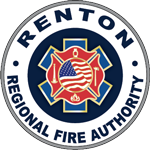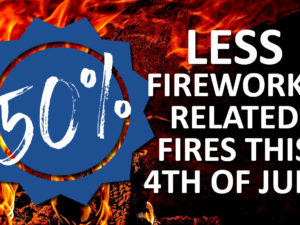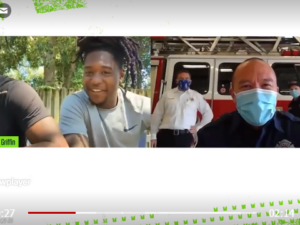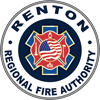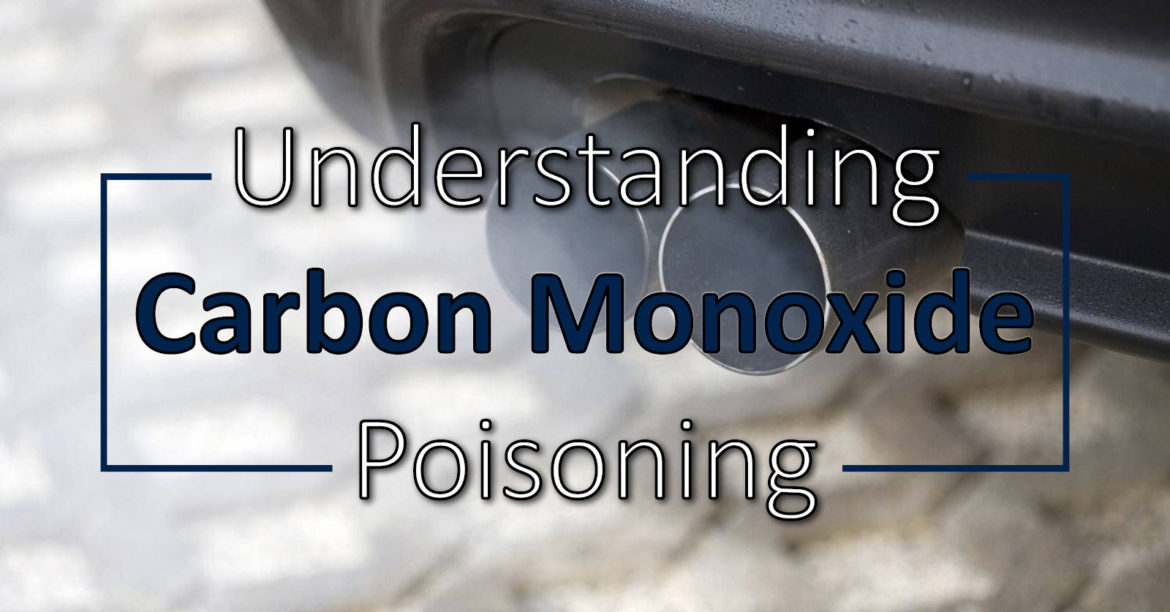
Carbon monoxide poisoning occurs when carbon monoxide builds up in your bloodstream. When too much carbon monoxide is in the air, your body replaces the oxygen in your red blood cells with carbon monoxide. This can lead to serious tissue damage or even death.
Carbon monoxide is a colorless, odorless, tasteless gas produced by burning gasoline, wood, propane, charcoal or other fuel. Improperly ventilated appliances and engines, particularly in a tightly sealed or enclosed space, may allow carbon monoxide to accumulate to dangerous levels.
Carbon monoxide poisoning is very common during winter months when people are trying to stay warm. Consider these prevention tips from the Mayo Clinic to keep you and your loved ones safe this winter.
- Install carbon monoxide detectors. Put one in the hallway near each sleeping area in your house. Check the batteries every time you check your smoke detector batteries — at least twice a year. If the alarm sounds, leave the house and call 911 or the fire department. Carbon monoxide detectors are also available for motor homes and boats.
- Open the garage door before starting your car. Never leave your car running in your garage. Be particularly cautious if you have an attached garage. Leaving your car running in a space attached to the rest of your house is never safe, even with the garage door open.
- Use gas appliances as recommended. Never use a gas stove or oven to heat your home. Use portable gas camp stoves outdoors only. Use fuel-burning space heaters only when someone is awake to monitor them and doors or windows are open to provide fresh air. Don’t run a generator in an enclosed space, such as the basement or garage.
- Keep fuel-burning appliances and engines properly vented. These include:
- Space heaters
- Furnaces
- Charcoal grills
- Cooking ranges
- Water heaters
- Fireplaces
- Portable generators
- Wood-burning stoves
- Car and truck engines
- If you have a fireplace, keep it in good repair. Clean your fireplace chimney and flue every year.
- Keep vents and chimneys unblocked during remodeling. Check that they aren’t covered by tarps or debris.
- Make repairs before returning to the site of an incident. If carbon monoxide poisoning has occurred in your home, it’s critical to find and repair the source of the carbon monoxide before you stay there again. Your local fire department or utility company may be able to help.
- Use caution when working with solvents in a closed area. Methylene chloride, a solvent commonly found in paint and varnish removers, can break down (metabolize) into carbon monoxide when inhaled. Exposure to methylene chloride can cause carbon monoxide poisoning.
- When working with solvents at home, use them only outdoors or in well-ventilated areas. Carefully read the instructions and follow the safety precautions on the label.
Source: Mayo Clinic
